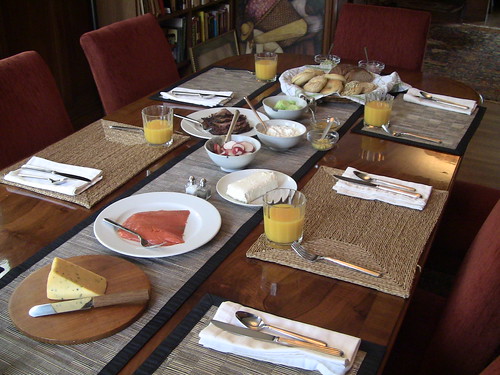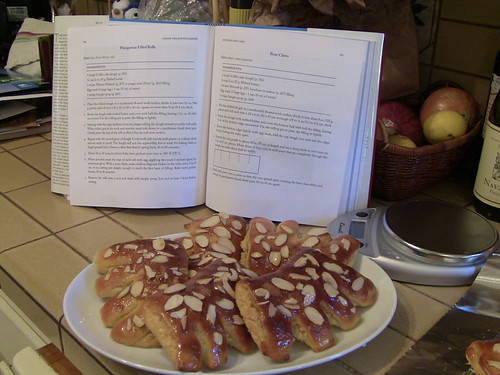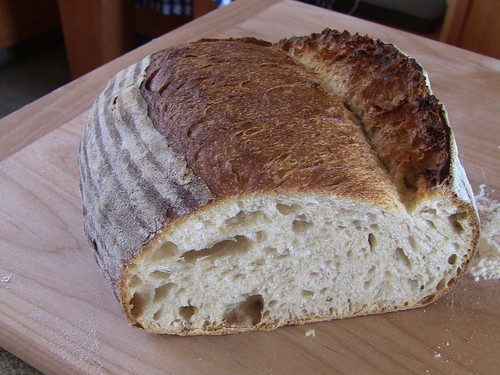A Furtherance of My Pizza Education
Cat and I decided to go for a hike yesterday on Mount Sutro, the wooded mountain in the middle of San Francisco. Since we knew we’d be in for some calorie-burning, we stopped on the way at our neighborhood pizzeria, Pizzetta 211, a tiny place that is often rated as the best in the City. Cat had a bacon and butternut squash pie with chipotle crème fraiche. I had one with homemade sausage, radicchio and Gruyere. Sorry, I didn't have my camera along.



